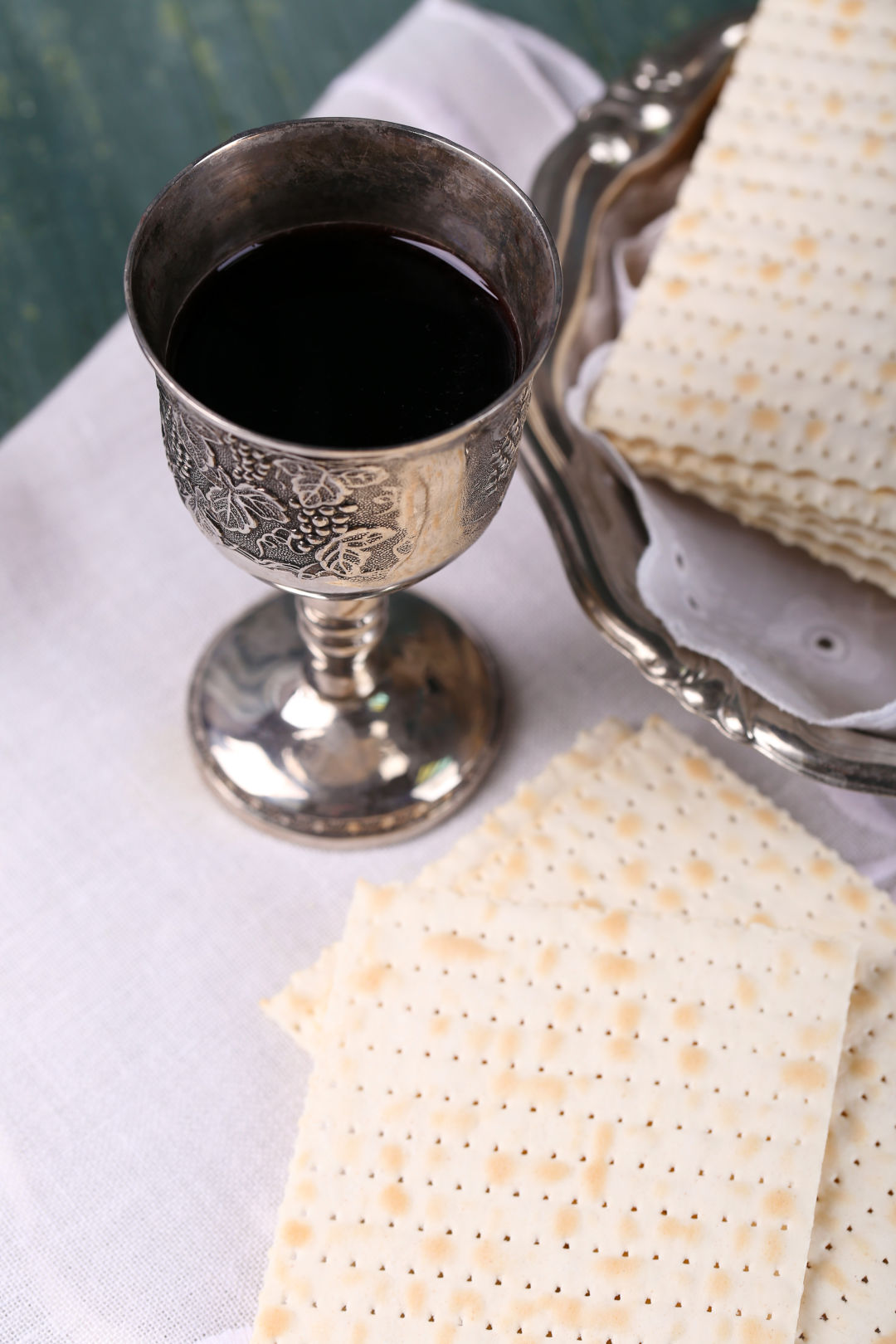How to Select the Right Wine for Easter and Passover

Image: Africa Studio/Shutterstock
Two holidays occur simultaneously this month. Easter celebrates the resurrection of Jesus, while Passover recognizes the deliverance of the Jewish people from bondage in Egypt. For both, wine is essential to the celebration.
At the Last Supper, Jesus gave his apostles bread symbolizing his body, broken for them, and wine, symbolic of his blood, to be poured out for their sins to be forgiven. At Mass, this event is recreated in communion. Easter may be the high point of the Christian spiritual year, but each Sunday is a mini-Easter, a reflection of that significance.
While bunnies, eggs and candy have become the Easter go-to for children, many Christian adults will gather for a dinner of ham or lamb with green bean casserole. My recommendation for the ham would be a lovely rosé from Longevity or a rosé from La Vieille Ferme, now available in a box. For lamb, try a nice cabernet sauvignon from Gamble Family Vineyards or a pinot noir from Ram’s Gate.
The weeklong festival of Pesach (or Passover) commemorates the deliverance of the Jews from bondage in ancient Egypt. The Passover Seder on the first two nights, an elaborate and ritualized meal, recounts the story of the Exodus using ritual foods, prayers, stories and songs.
During the Seder, each adult diner drinks four cups of wine representing redemption of the Israelites from slavery under the Egyptians. A fifth cup is reserved for the prophet Elijah in hopes he will visit during the celebration. Passover wine must be kosher, but not all kosher wines are kosher for Passover. Manischewitz, a New York winery, is the customary choice, but the there are numerous other kosher for Passover wines from the U.S. and Israel, such as Carmel and Psagot. For those desiring a sparkling wine, Bartenura produces a Moscato d’Asti that is kosher for Passover.
Biblical wines had little or no relationship to what we drink today. Winemaking was very crude and the main goal was to make wine that would last a year or longer, at least to the next harvest. Since there was no filtration, wines, always red, could be bitter, but the higher alcohol would add a little sweetness. It was customary to cut the wine with water to relieve the harshness and reduce the alcohol.
Bob McGinn has spent his entire career in the wine industry—forming wine clubs, working in wine sales marketing and engaging in all facets of the winemaking process, including vine management, fermentation and yeast analysis. He has developed wine programs for companies such as Marriott, Sheraton and Smith & Wollensky, and consults with local restaurants. You can read more of McGinn’s work at gulfcoastwinejournal.com.